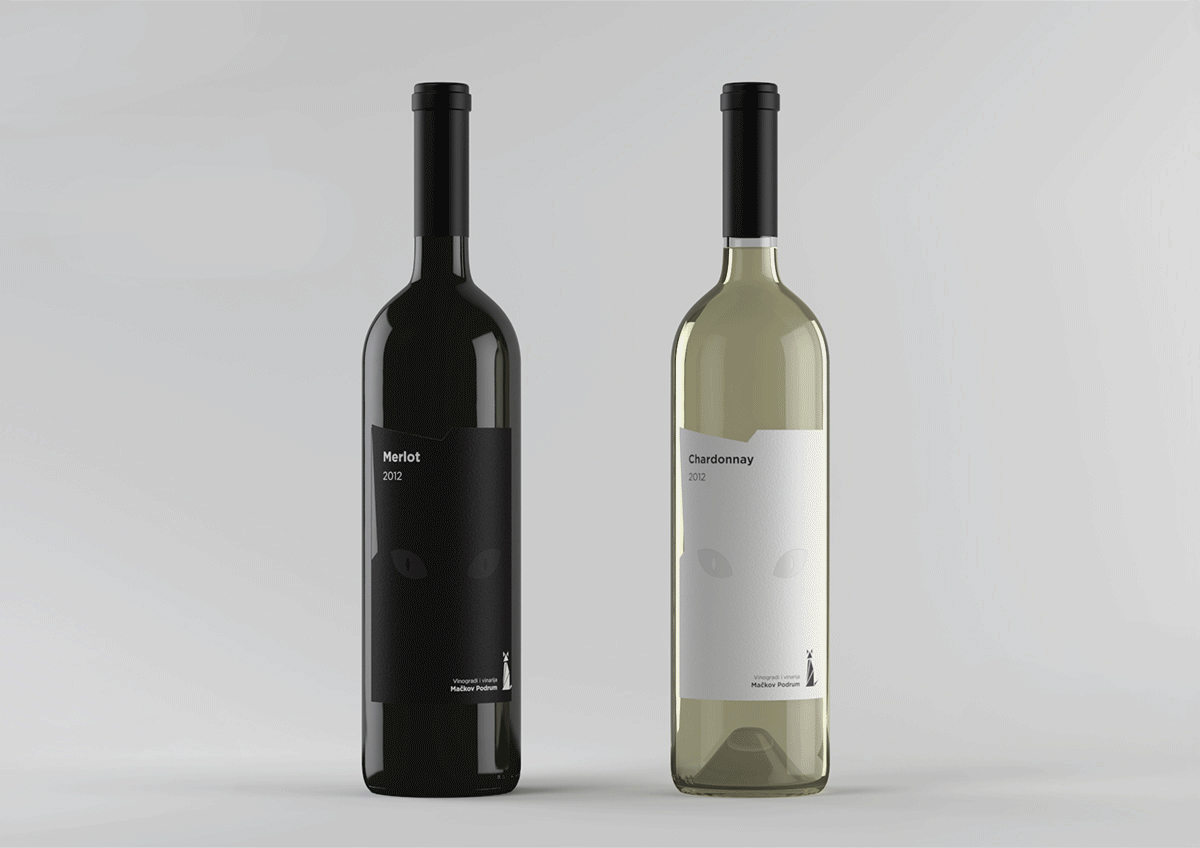Why Good Design Works:
From Form to Function and Back

Design is a concept with a strong foundation in form and visual appeal. However, although it operates with different artistic elements such as color, shape, and texture, design isn’t art in the conventional meaning of the word.
A single aspect that creates a fundamental distinction between the two is the aspect of function or purpose. Every design product, from physical objects to web design solutions, stands to serve a purpose of some sort. An art piece, on the other hand, is entirely free of such constraints.
Design products can serve numerous purposes. Industrial design products and web design and UI/UX solutions are, for example, devised around function in the meaning of usability and/or performance. Graphic and motion design, on the other hand, revolve around content and serve purposes that include conveying information and communicating the stories behind ideas, or brand strategy concepts.
Form follows function, right?
One of the most well-known maxims of the design world comes from the renowned American architect Louis H. Sullivan, “father of skyscrapers”. Often misattributed to Mies van der Rohe, Le Corbusier, and even Horatio Greenough, this principle had a crucial influence that led to rethinking architecture design in the early 20th century.
“It is the pervading law of all things organic and inorganic, of all things physical and metaphysical, of all things human and all things superhuman, of all true manifestations of the head, of the heart, of the soul, that the life is recognizable in its expression, that form ever follows function. This is the law.“
(L. H. Sullivan, The Tall Office Building Artistically Considered, 1896)
The impact and the effects of Sullivan’s principle were almost immediate. Design standard that proclaimed that form should follow function contributed to the invention of modernism and, in 1919, the birth of Bauhaus. Long after Sullivan’s death in 1924 and the collapse of Bauhaus movement in 1933, art and design principles based on clean, simple forms and functionality were still influencing trends in Western Europe, North America, and Israel.

It was nobody else but Sullivan’s own protégé, architect and author Frank Lloyd Wright, who gave new life to the “form follows function” maxim. “Form follows function’ is mere dogma until you realize the higher truth that form and function are one.”, wrote Wright: “Less is only more where more is no good”. For Wright, function and form were equally important and essentially coherent.
Function embodies purpose. Form embodies appeal.
“Form follows function”, admittedly, makes perfect sense. The logic behind it is impeccable: The way something looks must be influenced by its purpose. A chair can’t stand on two slender legs, a spoon shouldn’t have a large hole in the middle, and designing a beautiful website that doesn’t load properly is far from a job well done.
However, in this time and day, making a solid chair, a decent spoon, or a responsive website isn’t the end of the route. Quite the contrary — it’s only the beginning. We can confidently expect an item designed to serve its purpose well to work more efficiently and last longer than a better-looking competitive product. However, it’s the visual appeal that decides if the human eye will even notice it among other available products with the same function.

This attractiveness bias humans have can be easily noticed in our everyday lives. We love things that look good – so much so, that we are often capable of craving something attractive that we don’t even need. Designing to satisfy the functional demands without giving proper thought to the formal appeal of an object or a visual solution doesn’t get designers far in this time and day. Consumers have raised the bar, contributing to the development of contemporary design we know today.
Form and function in the service of human experience
Designing to meet both functional and aesthetic criteria was always a challenge, but with the arrival of the 21st century, the situation became even more demanding. Designers around the world began to actively explore form as a way of communication able to convey emotion through appeal.
“The broader one’s understanding of the human experience, the better designs we will have,” said Steve Jobs in an interview for the Wired Magazine in 1996, and this statement still rings true today. Graphic design, for example, especially after the introduction of UI/UX concepts, now focuses on human experience more than ever before. This isn’t just a passing trend — human experience has become a powerful, inherent function all design products must serve.
“Form follows function” is still on everyone’s lips, but in a new, broader meaning. The main question that drives designers toward finding appropriate forms is no longer “What does it do?” It has now become: “What does it communicate?”

It’s time for a new credo: Form follows engagement
In the era when user experience prescribes forms and gives a new dimension to every concrete function a design product can serve, conveying messages, evoking emotions, and inspiring engagement become the imperative goals of purposeful graphic design.
Although collectively pursued, driving user engagement is a goal graphic designers often find elusive. Creating forms that convey stories and provoke desired reactions is a process that requires skill, patience, experience, and flexibility.
This is why good design “just works”. It’s always about communication as much as it is about the appeal. Function influences form, and form follows what makes humans feel, react, and engage.
Written by Dunja Sretović, Content Strategist at April Studio